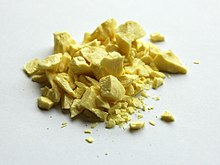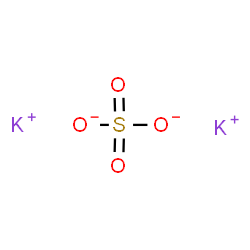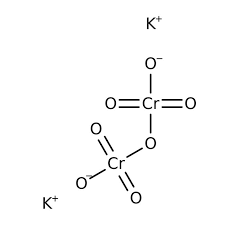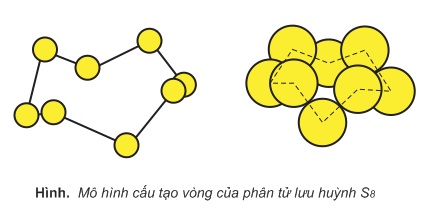Search equation
Please enter the reactant or product to start the search
K2Cr2O7 + S → Cr2O3 + K2SO4 | , Phản ứng oxi-hoá khử
K2Cr2O7 | Potassium dichromate; Potassium bichromate; Dichromic acid dipotassium salt | solid + S | sulfur | solid = Cr2O3 | chromium(iii) oxide | solid + K2SO4 | potassium sulfate | solid | Temperature: temperature, Other Condition excess chlorine
Introduce
Detailed information about the equation
Reaction conditions when applied K2Cr2O7 + S
- Catalyst: not available
- Temperature: 800 - 1000
- Pressure: normal
- Other conditions: not available
Reaction process K2Cr2O7 + S
Process: S reacts with sodium dichromate
Note: not available
The result of the reaction K2Cr2O7 + S
The phenomenon: Yellow color of sunfur (S) gets decolored and dark green precipitate of chrome III oxide (Cr2O3) appears
Detailed information on the reactants
Information about K2Cr2O7 (Potassium dichromate; Potassium bichromate; Dichromic acid dipotassium salt)
Information about S (sulfur)
Detailed information about the products of the reaction
Information about Cr2O3 (chromium(iii) oxide)
- Atomic weight: 151.9904
- Color: dạng tinh thể màu đen ánh kim; dạng vô định hình là chất bột màu lục thẫm
- Status: chất rắn dạng tinh thể hoặc bột vô định hình

Information about K2SO4 (potassium sulfate)
Total rating:
Rating: / 5 star
The equations for preparation K2Cr2O7
Catalyst
normal
Temperature
normal
Pressure
normal
Other conditions
normal
Catalyst
normal
Temperature
normal
Pressure
normal
Other conditions
normal
Catalyst
normal
Temperature
room temperature
Pressure
pressure condition
Other conditions
normal
The equations for preparation S
Catalyst
normal
Temperature
normal
Pressure
normal
Other conditions
normal
Catalyst
normal
Temperature
normal
Pressure
normal
Other conditions
normal
Catalyst
normal
Temperature
normal
Pressure
normal
Other conditions
normal
Interesting facts about chemistry you may not know
Interesting facts about hydrogen - the lightest element in the periodic table.
Hydrogen is the first element in the periodic system table. Hydrogen is known to be the lightest of all, the most abundant in the Universe, the essential element for life
View moreInteresting facts about helium
Helium is the first rare gas element in the periodic system table. In the Universe, it ranks second in abundance after elemental hydrogen.
View moreInteresting facts about lithium
Lithium is the alkali metal element, located in the third cell in the periodic table system. Lithium is the lightest of all solid metals and can cut a knife.
View moreInteresting Facts About Beryllium
Beryllium is the lightest alkaline earth metal. Beryllium is found in precious stones such as emeralds and aquamarine. Beryllium and its compounds are both carcinogenic.
View moreInteresting Facts About Carbon
Carbon is the non-metallic element in the sixth cell in the periodic system table. Carbon is one of the most important elements in all life, it is also known as the back.
View more




